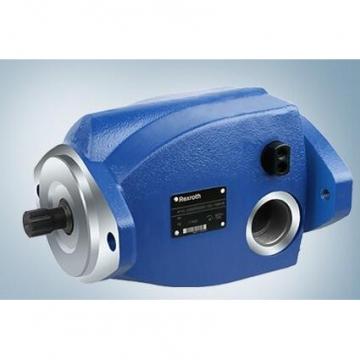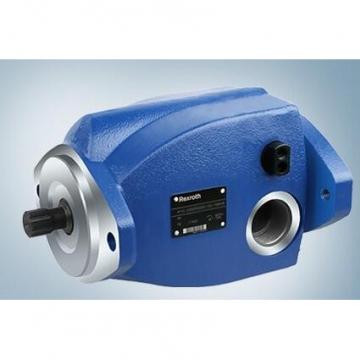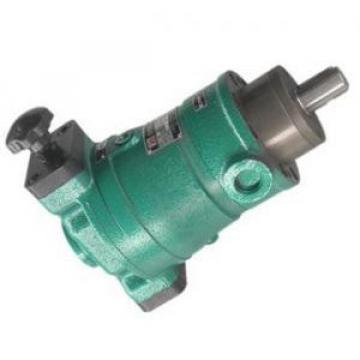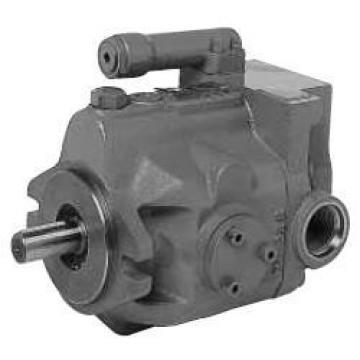Home> Company News> Rolling bearing material properties
- AddressLeader Industrial Park
- Factory Address38 Wang Chiu Rd Kowloon Bay Hongkong
- Worktime9:00-18:00
- Phone(Working Time)00852 6851 5717
- Fax00852 6851 5718
Rolling bearing material properties
According to the requirements of bearing use, the materials currently used for bearing rings and rolling elements are high carbon chromium bearing steel, carburized bearing steel, etc. These materials are used in different occasions according to their different characteristics. It is not that bearings made with high-value carburized steel materials are necessarily more suitable than bearing steel bearings.
First, the high carbon chromium bearing steel is also called the hardenable steel inside and outside the same hardness, used in ordinary occasions, the largest amount, accounting for more than 80% of the total amount of materials.
1.GCr15
Features and uses: For general occasions, the largest amount, suitable for martensite and bainite quenching.
Technical characteristics: The effective wall thickness is below 26mm, the ultra-light and narrow series are below 16mm, and the quenching and tempering hardness is HRC57~62.
2.GCr15SiMn
Features and uses: For general use, for large bearings, only for martensite quenching.
The effective wall thickness is above 26mm, the ultra-light and narrow series are above 16mm, and the quenching and tempering hardness is HRC57~62.
GCr15 and GCr15SiMn are the most commonly used grades. It can be seen from the above description that the performance of these two steels is basically the same. Since the hardenability of GCr15SiMn steel is better than that of GCr15 steel, GCr15SiMn steel should be used for larger bearing parts. .
GCr15SiMn bearing steel is mainly used to manufacture bearings with large wall thickness, such as various large and extra large bearings, which are often used in heavy duty machine tools and rolling mills without working conditions with large impact loads. Due to the high crack sensitivity and poor impact toughness of GCr15SiMn steel, thick-walled bearings with impact loads cannot fully meet the requirements for use.
3.GCr18Mo
Features and uses:
Bainite special steel, wear-resistant occasions, only suitable for bainite quenching.
Technical characteristics:
The effective wall thickness is between 26~48mm, the special light and narrow series is below 16mm, and the quenching and tempering hardness is HRC57~62. Lower bainite wear resistance is better than martensite and therefore suitable for wear resistant applications.
Second, carburized bearing steel is also called semi-hardenable steel inside soft and hard, material properties have a certain "elastic" for impact-resistant occasions, need to be carburized and quenched, the process is more complicated.
G20Cr2Ni4A
Features and uses: for impact resistant applications, medium and large bearings, deep carburizing.
Technical characteristics: The effective carburizing layer can be more than 2.5mm deep, and the surface quenching and tempering hardness is HRC58~63.
Bearing parts made of this type of steel, after carburizing, quenching, tempering and other heat treatment processes, the surface has a high hardness (hardness ≥ HRC58) and a certain wear resistance and high resistance to contact fatigue, and ensure The heart has good toughness (hardness HRC33-48). This surface hardened core has toughness, making the carburized bearing steel particularly suitable for stable operation under high impact loads.
After carburizing and quenching, the surface retains the compressive stress state and the fatigue resistance is good. It has strong impact load resistance, and the surface hardened layer has micro cracks and is not easy to expand to the inside. The surface has a high hardness and a low core hardness, and has a better core impact toughness than a high carbon chromium bearing steel. The depth and concentration of carburization can be adjusted as needed.
However, the bearing of G20CrNi4A material has high cost, and in the use of small and medium-sized bearings, the service life is not greatly improved compared with bearing steel, so carburized steel is only used for medium and large-sized bearings.


 Rexroth A1VO35DRS0C200/10LB2S4A2S2
Rexroth A1VO35DRS0C200/10LB2S4A2S2 Rexroth A1VO35DRS0C200/10RB2S5A2S2
Rexroth A1VO35DRS0C200/10RB2S5A2S2 SCY14-1B axial plunger pump supply
SCY14-1B axial plunger pump supply Daikin Piston Pump V15A1RX-95 supply
Daikin Piston Pump V15A1RX-95 supply